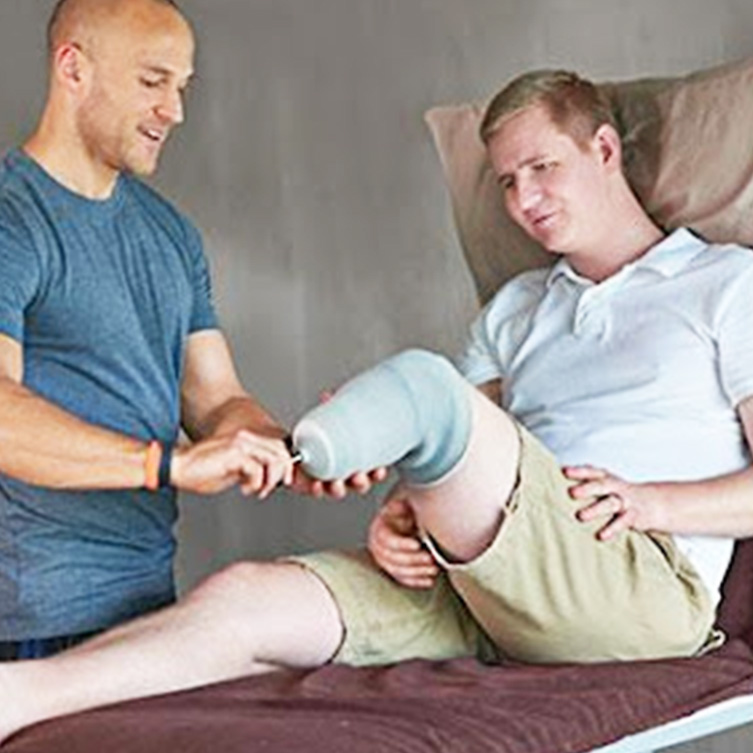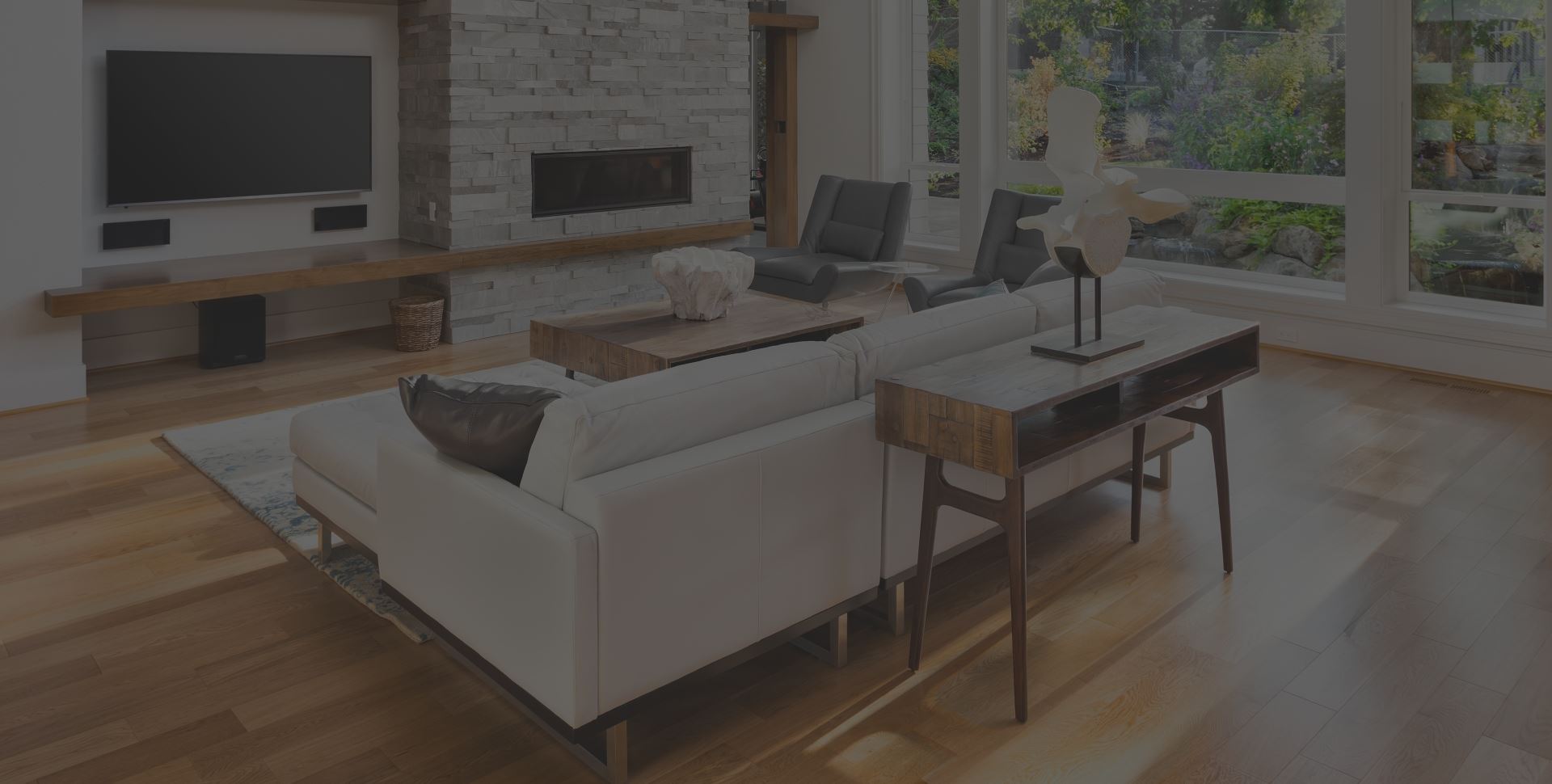Products for Amputation
Amputation is the loss or removal of a body part such as an arm or foot. This can be either a traumatic amputation (car accident, work accident, or combat injury) or a surgical amputation (frostbite, infection). This loss of a limb can be life changing and can ultimately affect your ability to move around and your independence. Contact us for more information

Helpful Products
The recovery timeline after an amputation can vary by patient and by procedure. Physical therapy plays a vital role in the healing process. The therapist will implement an exercise program to help train the body to move without the amputated limb. They will work on balance and gait training.
Occupational therapists will work with patients on addressing their self-care needs and their activities of daily living. They may suggest making modifications to the home and/or mobility equipment that will make daily activities easier and safer.
LiveWell has a wide range of mobility products that can support a higher quality of life for patients living with an amputation.
LiveWell Products that can assist with Activities of Daily Living:
Bathroom remodeling to include a zero-entry shower, grab bars, and wheelchair accessible vanities
- Almost all people who have gone through an amputation realize quickly that they will need to make modifications to their home for safety and accessibility purposes. Modifications to the bathroom will be important to both the patient and the caregivers. Installing a raised toilet seat with arms can make the transfer to the toilet easier. A zero-entry shower that has no threshold is very helpful because it removes any tripping hazard. Wheelchairs can also be rolled into the shower allowing for a shorter distance of transferring the patient. Wheelchair accessible vanities can be installed that allow for the wheelchair to roll underneath and the patient is able to safely use the sink without leaving their chair.
Grab Bars
- Learning to live without a leg or a foot can take time. Falls are a serious possibility as your body adapts to moving without that limb. Grab bars help to sustain balance and prevent falls and injuries and should be installed in the shower and beside toilets. Standing grab bars are a great solution beside beds and when there are glass shower doors and no good location for mounting a traditional grab bar.
Stairlifts
- Living with an amputation in a home with stairs can be very difficult. Oftentimes, certain areas of the home become off limits because they simply aren’t accessible. Navigating the stairs and maintaining accessibility to all rooms of the home does not have to be a difficult process. Adding a stairlift to the home removes any mobility barriers for a patient living with an amputation. The stairlift moves on a track up and down the stairs. The seat has a seatbelt and is controlled by a device on the arm rest.
In-home elevator
- If an amputation forces the patient to use a wheelchair or other assistive devices, it might be time to consider adding an indoor elevator. There are several types of elevators that can be used. Standard residential elevators require a pit and an elevator shaft. LiveWell’s innovative through-the-floor home lifts require no elevator shaft and can be freestanding. An inclined or vertical platform lift is perfect for accessibility for wheelchair users. Vertical platform lifts can be used indoor or outdoor and have an open platform. They take up less space than a ramp.
Ramps
- After an amputation if the patient has a harder time walking or is confined to a wheelchair, entering and exiting may become a problem if there are stairs or uneven, rough terrain. A ramp can remove any barriers to entry and provide a safer way to enter and exit. Ramps come in all shapes and sizes and are custom fitted to the home. They can be made out of wood or metal, depending on the patient’s needs.
Doorway Widening
- A lot of times, people never stop to consider their doorways when they are considering making accessibility modifications. It is so important to consider the size of the patient’s assistive devices when thinking about expanding the doorways in the home. The standard size of an interior door ranges from 22 to 30 inches. The minimum recommended door width for those with assistive equipment that will need to pass through it is 36 inches.
Power Scooters or Chairs
- Leading an active life after an amputation is of the upmost importance, and power scooters can help them do just that in a safe and stress-free way. Power scooters are battery powered mobility devices that allow patients to travel to places without having to walk or, if close by, drive. Vehicle lifts or hitch-mounted lifts can be used to transport the power scooter or chair wherever needed.
- There are a variety of power scooters available and the type needed is based on various factors: where and how patients plan on using their scooter, specific mobility needs, and budget.
Patient Lifts
If a person is recovering from an amputation that takes away their ability to move themselves around their home, a patient lift may be a good option. LiveWell provides several variations of floor lifts, or Hoyer Lifts, and overhead ceiling track lifts. It’s important to be thinking of all the various locations throughout the home that the patient will need access to.
Most commonly, ceiling lifts allow caregivers to transfer the patient from the bed to a wheelchair. A Hoyer lift can be used to transfer someone from a wheelchair to a shower chair for bathing. Ceiling tracks can be designed to move the patient from room to room; for example, moving the patient from the bedroom to the shower.
Learning how to live after an amputation can be tough, but LiveWell and our wide variety of products can help to ensure that mobility isn’t an issue. Our products and services can make any room in the home safer and more accessible for those recovering from an amputation. Contact us today to schedule a free in-home consultation. Our team of experts can evaluate the home and provide a thorough proposal of all available options. Call us at (281) 771-1469 for more information.


